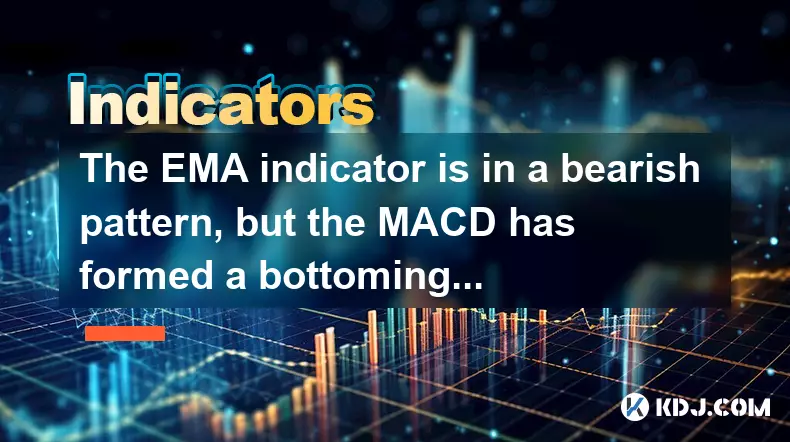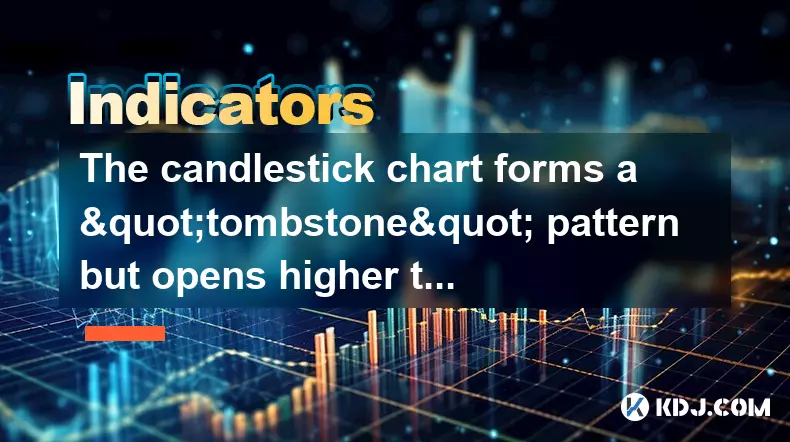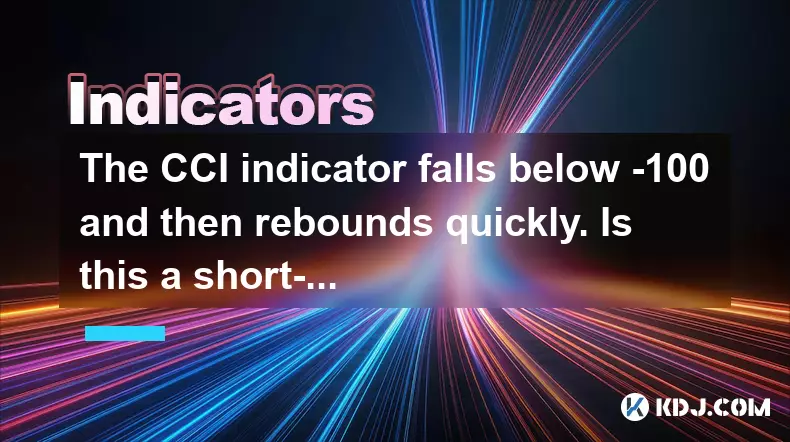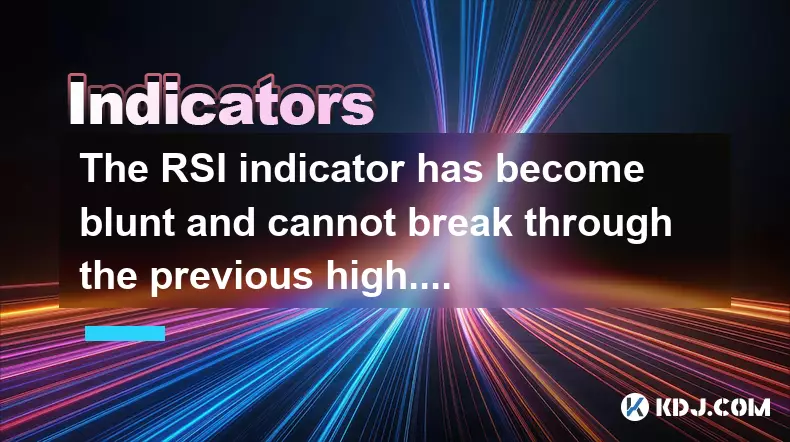-
 Bitcoin
Bitcoin $111100
0.49% -
 Ethereum
Ethereum $4304
0.21% -
 XRP
XRP $2.888
2.36% -
 Tether USDt
Tether USDt $0.9999
-0.03% -
 BNB
BNB $879.1
1.62% -
 Solana
Solana $207.9
2.67% -
 USDC
USDC $0.9998
-0.01% -
 Dogecoin
Dogecoin $0.2320
7.05% -
 TRON
TRON $0.3306
0.59% -
 Cardano
Cardano $0.8407
1.68% -
 Hyperliquid
Hyperliquid $48.50
3.55% -
 Chainlink
Chainlink $22.52
0.46% -
 Ethena USDe
Ethena USDe $1.001
-0.02% -
 Sui
Sui $3.395
0.74% -
 Bitcoin Cash
Bitcoin Cash $602.5
0.82% -
 Stellar
Stellar $0.3645
1.67% -
 Avalanche
Avalanche $24.82
0.93% -
 Hedera
Hedera $0.2211
0.99% -
 UNUS SED LEO
UNUS SED LEO $9.606
0.00% -
 Cronos
Cronos $0.2583
-2.44% -
 Litecoin
Litecoin $113.7
0.82% -
 Toncoin
Toncoin $3.094
0.39% -
 Shiba Inu
Shiba Inu $0.00001254
1.50% -
 Polkadot
Polkadot $4.040
4.96% -
 Uniswap
Uniswap $9.429
0.08% -
 Dai
Dai $0.9999
-0.01% -
 Ethena
Ethena $0.7629
3.04% -
 World Liberty Financial
World Liberty Financial $0.2111
-13.16% -
 Monero
Monero $269.9
0.50% -
 Aave
Aave $300.9
-0.41%
What does it mean when the KDJ indicator forms a death cross after being continuously blunted in the overbought zone?
A KDJ death cross after overbought blunting signals weakening momentum and potential reversal, often triggering sell-offs in crypto markets.
Sep 03, 2025 at 12:36 am

Understanding the KDJ Indicator in Overbought Conditions
1. The KDJ indicator is a momentum oscillator widely used in cryptocurrency trading to identify overbought and oversold levels. It consists of three lines: K, D, and J. The K line responds quickly to price changes, the D line is a smoothed version of K, and the J line reflects the divergence between K and D. When all three lines remain above 80 for an extended period, the market is considered overbought.
2. Continuous blunting in the overbought zone means the KDJ lines are hovering near or above 80 without a significant downward correction. This signals strong bullish momentum, often driven by FOMO (fear of missing out) buying in the crypto market. Traders may interpret this as a sign of potential exhaustion, especially if volume starts to decline despite rising prices.
3. During prolonged overbought conditions, the market may appear resistant to pullbacks. However, such extended strength can mask underlying weakness. The lack of a meaningful correction can lead to a buildup of sell-side pressure, particularly from early entrants looking to secure profits.
4. The sideways movement of the K and D lines in the overbought region suggests a loss of upward momentum. Even if prices continue to rise, the failure of the KDJ to make new highs indicates divergence. This hidden bearish signal often precedes a reversal, especially in volatile assets like Bitcoin or altcoins.
What a Death Cross Signifies After Overbought Blunting
1. A death cross in the KDJ context occurs when the K line crosses below the D line after both have been elevated in the overbought zone. This crossover is a bearish signal, indicating that short-term momentum is weakening relative to the medium-term trend. In the crypto market, where sentiment shifts rapidly, such a signal can trigger a cascade of sell orders.
2. When this death cross follows a period of blunting, it suggests that the bullish momentum has not only stalled but is now reversing. The transition from consolidation in overbought territory to a downward crossover increases the likelihood of a sustained pullback. This is particularly significant in high-leverage markets where long positions may be liquidated en masse.
3. The J line, which often swings more dramatically, may plunge from extreme highs to neutral or even oversold levels quickly. This sharp drop reinforces the bearish interpretation of the K-D cross. In Bitcoin or Ethereum trading, such a move can coincide with a 10% or greater price decline within hours.
4. Volume confirmation strengthens the validity of the death cross. If the crossover coincides with a spike in selling volume, it reflects genuine market conviction. In contrast, a crossover on low volume may be a false signal, especially during low-liquidity periods common in certain altcoin markets.
Market Reactions and Trader Behavior
1. Institutional and algorithmic traders often monitor KDJ patterns closely. A death cross after overbought blunting may trigger automated sell algorithms, accelerating the downward move. In futures markets, this can lead to rapid liquidation of long positions, amplifying volatility.
2. Retail traders who entered during the overbought phase may panic upon seeing the death cross, leading to emotional selling. Social media sentiment in crypto communities often shifts rapidly from bullish to fearful under such technical conditions, further fueling the downturn.
3. The formation of a death cross in overbought conditions often marks the beginning of a corrective phase that can last from several hours to multiple days, depending on the asset and market context. For major cryptocurrencies, this correction may retest key moving averages or previous resistance levels that now act as support.
4. Some traders use this signal to initiate short positions or hedge existing long exposure. Options markets may see increased demand for puts, reflecting growing bearish sentiment. In extreme cases, the death cross can coincide with a broader market-wide pullback, especially if triggered by macroeconomic news or regulatory concerns.
Frequently Asked Questions
What timeframes are most reliable for observing KDJ death crosses in crypto trading?The 4-hour and daily charts provide the most reliable signals. Shorter timeframes like 15-minute or 1-hour charts generate frequent false signals due to crypto’s inherent volatility. On higher timeframes, the death cross carries more weight, especially when aligned with other technical indicators like RSI or MACD.
Can a KDJ death cross be a buying opportunity in a strong bull market?Yes, in a strong uptrend, a death cross after overbought conditions may only lead to a shallow correction. Smart money often uses such pullbacks to accumulate. Traders watch for volume drying up and price holding above key support levels before considering a re-entry.
How does the KDJ indicator perform in low-liquidity altcoin markets?In low-liquidity altcoins, the KDJ can give misleading signals due to price manipulation and thin order books. A death cross may trigger a brief dump, but the lack of sustained selling pressure can lead to a quick reversal. Traders should combine KDJ analysis with order book depth and on-chain metrics.
Is the KDJ indicator more effective in spot or futures trading?It is generally more effective in spot trading where price reflects actual buying and selling. In futures, funding rates and leverage can distort price action, making KDJ signals less reliable. However, when futures liquidation data aligns with a KDJ death cross, the predictive power increases significantly.
Disclaimer:info@kdj.com
The information provided is not trading advice. kdj.com does not assume any responsibility for any investments made based on the information provided in this article. Cryptocurrencies are highly volatile and it is highly recommended that you invest with caution after thorough research!
If you believe that the content used on this website infringes your copyright, please contact us immediately (info@kdj.com) and we will delete it promptly.
- XRP Price Explosion: Riding the Cryptocurrency Wave or Just a Ripple?
- 2025-09-08 23:35:17
- BlockchainFX, Bitcoin Hyper, and Little Pepe: Which Presale is the Real Deal?
- 2025-09-08 22:30:12
- Bitcoin, Altcoins, and Smart Money: Navigating the Crypto Landscape in 2025
- 2025-09-08 23:35:17
- Eggman's Crypto Dreams: Cardano, AI, and the Wild West of 2025 Investing
- 2025-09-08 23:35:18
- WLFI Faces Investor Backlash: Can It Survive the Centralization Debate?
- 2025-09-08 23:35:18
- Eggman, Morpho Investors, and Crypto Streaming: What's the Buzz?
- 2025-09-08 22:45:14
Related knowledge

The VRSI indicator has entered the overbought zone, but the price is still hitting new highs. What is the risk?
Aug 31,2025 at 07:36pm
Understanding the VRSI Indicator in Overbought Conditions1. The Volume-Weighted Relative Strength Index (VRSI) combines price momentum with trading vo...

The EMA indicator is in a bearish pattern, but the MACD has formed a bottoming divergence. How should I choose?
Aug 30,2025 at 02:19pm
Bearish EMA vs. Bullish MACD Divergence: Understanding the Conflict1. The Exponential Moving Average (EMA) is a trend-following indicator that gives m...

The candlestick chart forms a "tombstone" pattern but opens higher the next day. Is this a signal to induce a buy?
Sep 08,2025 at 04:54pm
The Meaning Behind the 'Tombstone' Candlestick Pattern1. The 'tombstone' pattern, also known as the gravestone doji, is characterized by a long upper ...

The CCI indicator falls below -100 and then rebounds quickly. Is this a short-term buy opportunity?
Sep 01,2025 at 12:18pm
Understanding the CCI Indicator in Crypto Markets1. The Commodity Channel Index (CCI) is a momentum-based oscillator widely used in cryptocurrency tra...

The RSI indicator has become blunt and cannot break through the previous high. Is this a signal that the rally is over?
Aug 30,2025 at 08:01pm
Understanding RSI Behavior in Extended Bull Runs1. The Relative Strength Index (RSI) is a momentum oscillator that measures the speed and change of pr...

The MACD histogram has turned from green to red, but the fast and slow lines are still below the water level. How can I interpret this?
Aug 30,2025 at 07:13am
Understanding the MACD Histogram Shift1. The MACD histogram turning from green to red indicates a weakening of downward momentum in the price trend. T...

The VRSI indicator has entered the overbought zone, but the price is still hitting new highs. What is the risk?
Aug 31,2025 at 07:36pm
Understanding the VRSI Indicator in Overbought Conditions1. The Volume-Weighted Relative Strength Index (VRSI) combines price momentum with trading vo...

The EMA indicator is in a bearish pattern, but the MACD has formed a bottoming divergence. How should I choose?
Aug 30,2025 at 02:19pm
Bearish EMA vs. Bullish MACD Divergence: Understanding the Conflict1. The Exponential Moving Average (EMA) is a trend-following indicator that gives m...

The candlestick chart forms a "tombstone" pattern but opens higher the next day. Is this a signal to induce a buy?
Sep 08,2025 at 04:54pm
The Meaning Behind the 'Tombstone' Candlestick Pattern1. The 'tombstone' pattern, also known as the gravestone doji, is characterized by a long upper ...

The CCI indicator falls below -100 and then rebounds quickly. Is this a short-term buy opportunity?
Sep 01,2025 at 12:18pm
Understanding the CCI Indicator in Crypto Markets1. The Commodity Channel Index (CCI) is a momentum-based oscillator widely used in cryptocurrency tra...

The RSI indicator has become blunt and cannot break through the previous high. Is this a signal that the rally is over?
Aug 30,2025 at 08:01pm
Understanding RSI Behavior in Extended Bull Runs1. The Relative Strength Index (RSI) is a momentum oscillator that measures the speed and change of pr...

The MACD histogram has turned from green to red, but the fast and slow lines are still below the water level. How can I interpret this?
Aug 30,2025 at 07:13am
Understanding the MACD Histogram Shift1. The MACD histogram turning from green to red indicates a weakening of downward momentum in the price trend. T...
See all articles

























![[Pycoin] PI Coin -US President (Trump) Declaration ?? !! 'US' runs first. / Paikoin mining speed acceleration [Pycoin] PI Coin -US President (Trump) Declaration ?? !! 'US' runs first. / Paikoin mining speed acceleration](/uploads/2025/09/08/cryptocurrencies-news/videos/pycoin-pi-coin-president-trump-declaration-runs-paikoin-mining-speed-acceleration/68bed38c01e7a_image_500_375.webp)






























































